We are excited to offer this Level Two course, for the first time ever, at the highly-acclaimed, award-winning cheesemongers, The Courtyard Dairy, in Settle, North Yorkshire. Situated in a beautiful stone barn, this specialist cheese shop, cheese production room, cheese museum and on-site restaurant is a mecca for cheese industry professionals and enthusiasts.
Don’t miss out on this remarkable opportunity to learn cheesemaking skills, cheese cookery and mongering techniques whilst fine-tuning your tasting skills, at this awe-inspiring venue, in the presence of cheese industry experts.
An unmissable opportunity, open to all cheese professionals and passionate consumers who have already completed Level One, this course, with it’s strong emphasis on cheesemaking and cheese as an ingredient will appeal particularly to cheesemakers, cheesemongers, chefs, restaurateurs and fromelliers.
“I got to meet many amazing people who also cared deeply about cheese” – Chelsia Choi, Level Two Alumni
Course Itinerary:
1: Cheesemaking
Get “hands-on” with the cheesemaking modules at Level Two, using a range of different equipment, concentrating on making two styles of cheese – one lactic set and one rennet set, Camembert-style. The cheese styles are chosen to demonstrate how different approaches to coagulation in the Make ultimately impact the finished cheese.

- Learn the two different processes to making soft cheese.
- Learn how to select cultures for acidification and for ripening.
- Learn how pH, titratable acidity, and flocculation play a role in cheesemaking
- Use a range of different cheesemaking equipment.
- Expand your knowledge of the different Make Post-Make categories
- Understand the essential elements of Food Safety in a cheesemaking context and see how Regulation and Good Practice is applied in a working dairy.

Back in the classroom, your practical work will be backed up with innovative teaching methods demonstrating the science behind cheesemaking.
2: Tasting & Sensory Analysis
Develop your tasting skills with Patrick McGuigan and calibrate your palate with those of your fellow delegates, whilst completing your Level Two Tasting Sheets. Patrick will take you through the science, theory and practical aspects of tasting cheese, using the Structured Approach, highlighting the difference between simple tastes and complex flavours.
- Taste 20 of the 75 cheeses studied at Level Two.
- Learn how to taste and describe a cheese objectively, overcoming any prior personal bias.
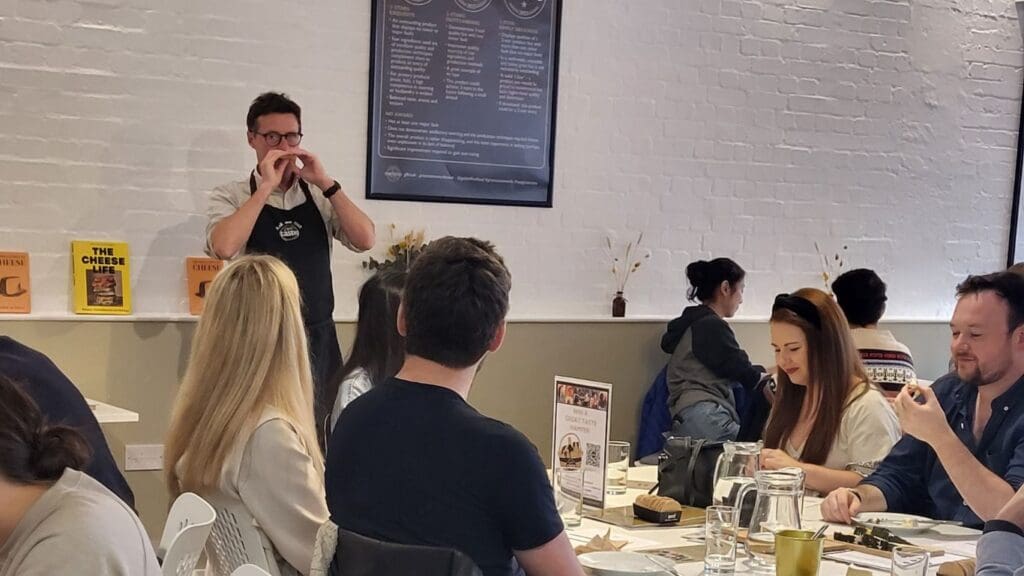
“This was the first time in my life I understood the difference between taste and palate. The Structured Approach To Tasting Cheese is systematic in understanding the difference, in terms of tasting and knowledge of Make and Post-Make.” – Lucy Hunt, Level Two Alumni
3. Cooking With Cheese
A unique opportunity to spend some time with The Cheese Bar’s mastermind, Mathew Carver, at his latest venture, Rind, to learn how to use cheese as an ingredient. Enjoy lunch in the restaurant with views over the beautiful North Yorkshire Dales.
- Masterclass with industry innovator, Mathew Carver
- Gain an understanding in the different applications of cheese in a culinary context
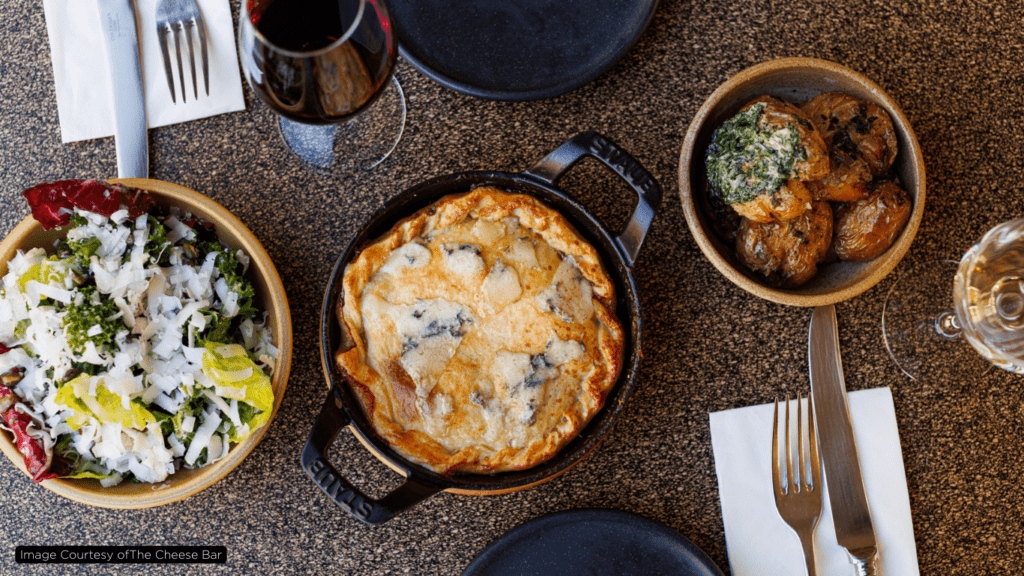
4. Cutting & Wrapping Skills
Fine tune your mongering skills with a masterclass of cutting and wrapping. Learn how to cut and wrap a variety of shapes and sizes of cheese, using a range of different cheese tools.

Benefits of attending this course
Becoming a Level Two Member, through attending the course and subsequent successful completion of the study modules and coursework, will be of significant benefit to cheesemakers, cheesemongers, fromelliers and other cheese professionals. By the end of the course, you will be able to:
- Exhibit a refined knowledge of cheesemaking and the different styles of cheese, allowing better negotiation with suppliers and customers.
- Demonstrate advanced mongering skills to staff, peers, managers, and the public.
- Confidently use your palate to objectively assess and eloquently describe a cheese.
- Gain an understanding of cheese and its applications within a restaurant environment, including pairing and accompaniments.
- Fast-track your cheese career through commitment to continued professional development.
Who will be Teaching the Course?
Industry experts, Katy Fenwick, Patrick McGuigan and Mathew Carver, bring to life some of the modules of this Level Two certification in a fun and approachable manner, making the connection between the theory and the practical skills. This course will give you the foundations on which to take your Level Two exam and to continue to develop your cheese knowledge.
KATY FENWICK: ACADEMY OF CHEESE EDUCATION PROJECT MANAGER
Katy is a freelance cheese making consultant and educator, with external qualifications in HACCP, Food Safety Management and Internal Auditing as well as specialist training in Dairy Hygiene. With over fifteen years experience in the specialist cheese industry, including the role of retail manager for Neal’s Yard Dairy, she has spent time with cheese makers and retailers both in the UK and overseas. Driven to share her knowledge and love of teaching, she went on to teach at the School of Artisan Food. Most recently, she spent 18 months at Jasper Hill Farm in Vermont, working in their creameries, affinage facilities and new product development.
PATRICK MCGUIGAN: ACADEMY OF CHEESE TRAINING PARTNER & CHEESE WRITER
Patrick is a UK-based cheese writer, teacher and World Cheese Awards Judge. He writes extensively on the subject for national newspapers and magazines, such as The Telegraph and delicious, and has appeared on BBC Radio 4’s The Food Programme.
He is an experienced host and speaker, running regular cheese talks and tastings for the public and corporate clients. Cheese and drinks matching is a particular specialism, extolling the beautiful harmony between cheese and everything from wine, beer and cider to sherry, sake and Port.
Patrick’s first book, The Philosophy of Cheese, was published by The British Library in 2020 and his second, The Cheese Life, co-authored with Mathew Carver, was published by Kyle Books in October 2023.
MATHEW CARVER: OWNER / PROPRIETOR OF THE CHEESE BAR RESTAURANTS & CO-AUTHOR OF THE CHEESE LIFE
Mathew Carver founded The Cheese Truck in 2014, selling grilled cheese sandwiches to festival goers at Glastonbury from a bright yellow 1970’s Bedford ice cream van. He has gone on to become a well-respected and vocal advocate for British cheese, opening three cheese restaurants in London – The Cheese Bar, The Cheese Barge and the world’s first conveyor belt of cheese at Pick & Cheese, whilst his latest venture, Rind, is in collaboration with The Courtyard Dairy in North Yorkshire.
Mathew also judges at the World Cheese Awards, British Cheese Awards, Young Cheesemonger of the Year of Affineur of the Year
Additional to attending the two-day course you will also receive access to:
- Level Two online Learning Road, consider this your digital course book
- Printed delegate pack with 75 cheeses book
- Knowledge check questions to test your progress as you study
- Downloadable Tasting sheets
- Level Two Exam
- Cheese Library containing over 450 cheeses
- 12 months access to your Learning Road and all of the resources within.
- Pin badge and certificate, suitable for framing, upon successful completion of the exam.
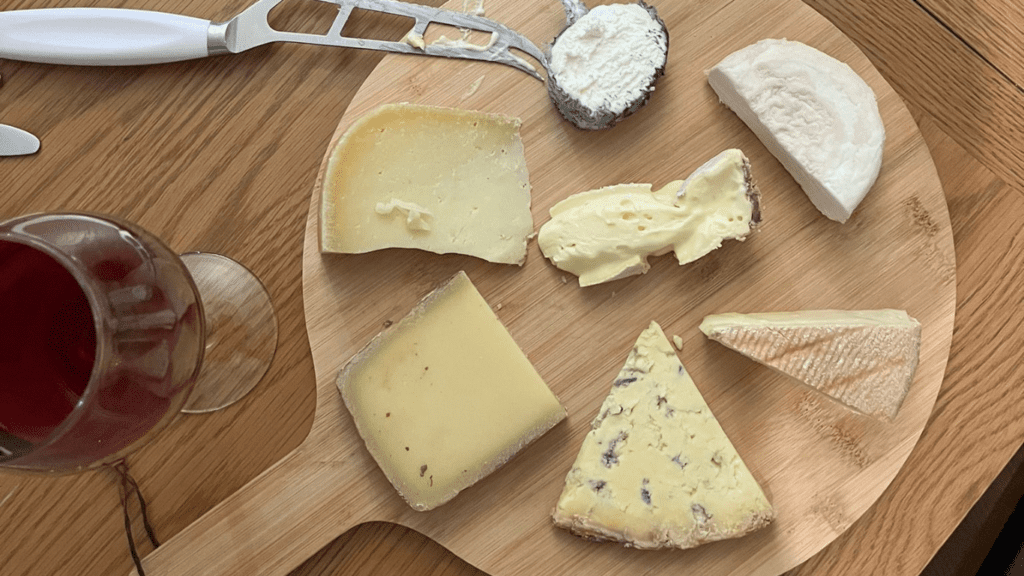
Essential Details
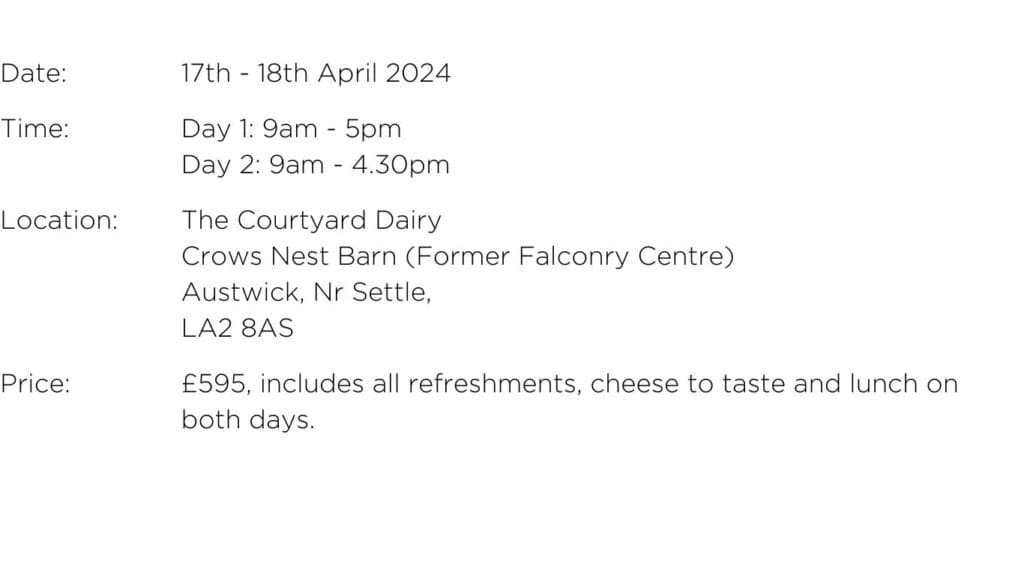
Accommodation Options
Delegates are responsible for booking their own accommodation. If you’re travelling from further afield there are various accommodation options in the nearest town of Skipton, as well as the local areas of Kirkby Lonsdale and Settle. It is also commutable from Leeds or Lancaster.
Cancellations
Places are limited to 12 delegates. We reserve the right to cancel a course should events beyond our control make this unavailable or if minimum numbers are not met. In the unlikely event of this happening, delegates will be offered a place on our next available scheduled course, or given a full course refund.
Please note, once the course is booked it is non-refundable. All bookings are final, however, if you are unable to attend you can reassign your booking to a new available date or to another person. We require 14 days’ notice prior to original booking date.










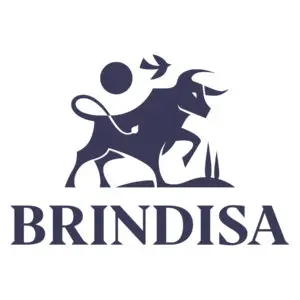
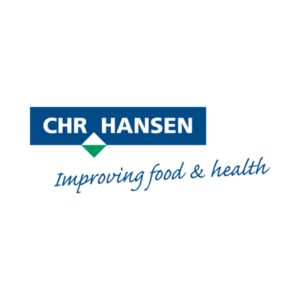
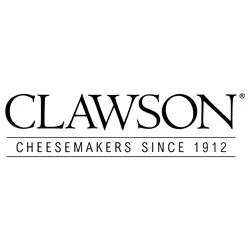





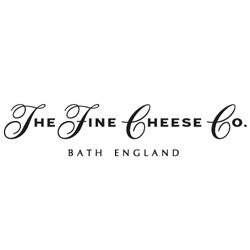

Reviews
There are no reviews yet.